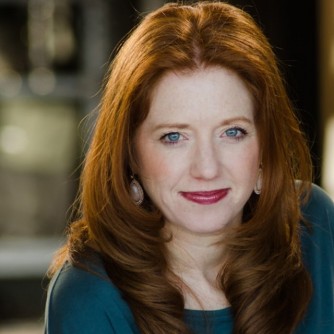
The penalty phase of the Colorado theater shooting trial got underway Wednesday with the prosecution laying out a litany of aggravating factors it says justify the death penalty.
Jurors convicted James Holmes of murder in the 2012 shooting attack that killed 12 people and injured 70 and it is now in their hands whether to sentence him to death or life in prison without possibility of parole.
Deputy District Attorney Rich Orman opened his case for death by evoking the grim fate of victims in the theater that night.
"They died -- you know this because you heard the evidence -- surrounded by screaming and by pain and by anguish," said Orman. "That is how he killed them. Dying like that is unnecessarily torturous. It is conscienceless. It is pitiless.”
Orman illustrated discussion of possible aggravating factors with a long slide show that included photos of the wounded and the bloody crime scene. However the presentation was delayed by several hours by defense objections. Holmes' lawyers complained they'd only been given a copy of the slides at 5pm the night before and many were inflammatory and intended to bias the jury against their client.
Judge Carlos Samour seemed frustrated with both sides over all the last-minute legal wrangling.
"You want me to rule on about 50 objections while the jury is waiting to come in here. It’s not fair to the jury, it’s not fair to the court. It’s not the way things should work," he said.
Here are some more key moments from the courtroom on Wednesday:
Not all murders qualify as death penalty cases:
To qualify, the jury must find the crime included one or more aggravating factors, as laid out in state law. The prosecution is arguing this crime actually meets five different qualifying criteria. Some, like whether two or more people were killed, seem pretty obvious; 12 people died in the attack. Another factor is that the killing was conducted from an ambush and Holmes did pick a dark doorway to start his attack.
Deliberately killing a child under the age of 12 is also an aggravating factor and one of the victims, Veronica Moser Sullivan, was 6 years old at the time. Orman told the jury that even if Holmes didn't set out to kill Sullivan specifically, he must have seen there were numerous children in the theater that night and meant to include them among his victims.
The last two aggravating factors prosecutors are arguing for are a bit more subjective. Did Holmes put everyone in the theater at grave risk of death? And were the murders unnecessarily torturous and pitiless? Orman described the scene in the theater that night in detail to make the case that they were.
The defense did not mount a rebuttal to any of the prosecution's arguments for aggravating factors.
Mitigating factors may be the next step:
The first day of the penalty phase ended with the jury still weighing the case for aggravating factors. If its members decide the crime meets those criteria, the next next step will be mitigating evidence. At this point the defense will get to call people who knew Holmes, including past teachers and possibly his parents, to testify about his character, his mental health. and anything else they think will help convince jurors not to impose the death penalty. This is expected to be a pretty long phase. It could take a week or more.
Newsweek was banned:
The other big news from Wednesday was about the news media itself.
The court has specifically ordered the media not to identify jurors until after the completion of the trial. But last week Newsweek magazine briefly published an online article naming the jury foreman and describing him a bit. The report was removed after the court's public information officer complained, but the company left up a tweet that also included the name.
According to a note the foreman sent to the judge Wednesday, he learned about the story over the weekend, after someone he didn't know on Twitter forwarded him Newsweek's tweet. The foreman didn't read the article, something that would have gotten him removed from the jury, but he did tell the judge he was very unnerved that the article existed.
"Do you have any other concerns about that?" Judge Carlos Samour asked.
"I do, just in general, about privacy in the media ... I don't know if there's anything you can do as the judge to... I don't know. It's just weird to see my name there. It's not cool," the jury foreman replied.
Newsweek and its reporters are banned from entire courthouse complex until trial ends. But they also apparently had no further plans to cover it in person, so that may not be much of a loss for them. The magazine could have faced a contempt charge for violating the order court's order, but the judge said he wouldn't go that far. The managing editor did take to Twitter to apologize after news of the story broke.
The Newsweek saga does point to a bigger issue: These jurors have, by order of the court, avoided all news coverage of this trial so far, and they've been shielded from coverage themselves, but once they decide on a penalty and the trial ends they could find themselves in an unfamiliar and unwelcome public spotlight.









